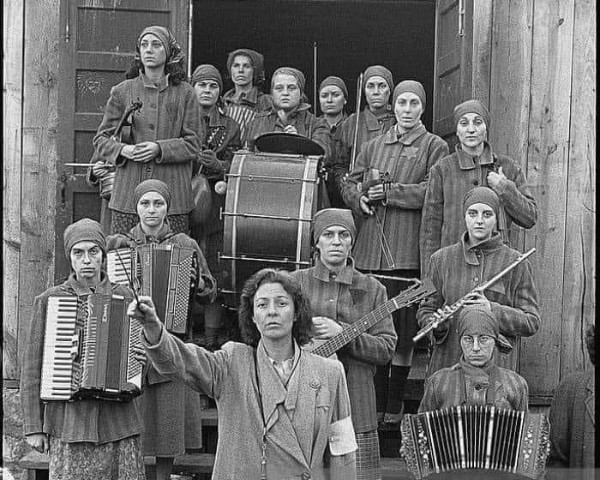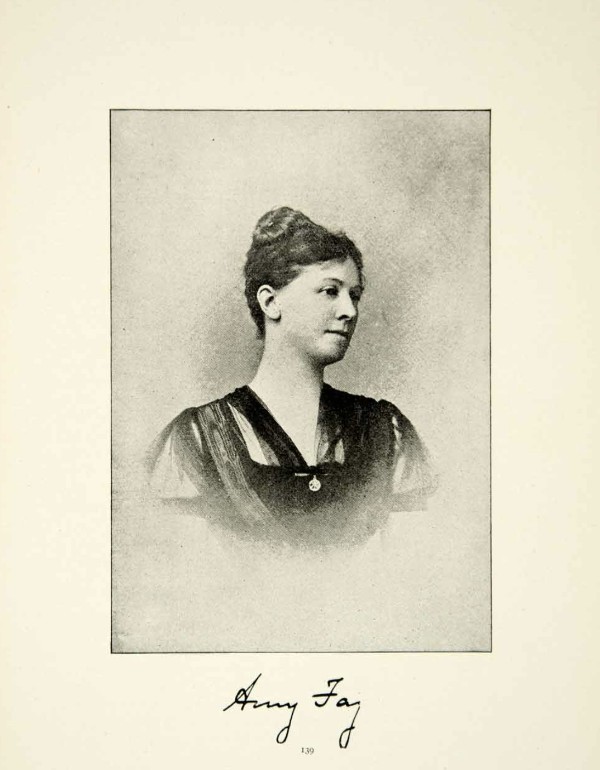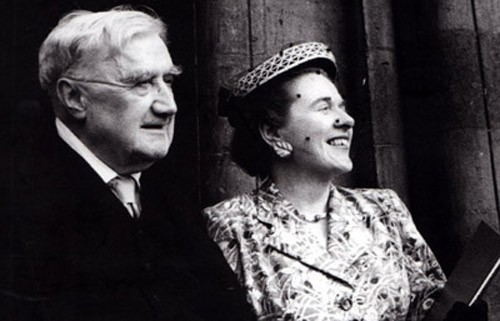Brazil is an immensely rich country with a strong musical culture and identity. It is the fifth largest country in the world, and this is reflected in the diversity of its arts. Alone, its music has influenced a plethora of artists and is to this day still regarded as one of the most complex yet musically approachable music. The greatest example of it is, of course, bossa nova — a slower, cooler offspring of samba, a music both perceived as relaxing and incredibly complex. Brazilian music is itself the result of many blending and merging of cultures. The main styles it has developed around are the previously mentioned bossa nova and samba, as well as choro and foró. All these have influenced Brazilian musicians, including the ones created within the Western classical music ethos.
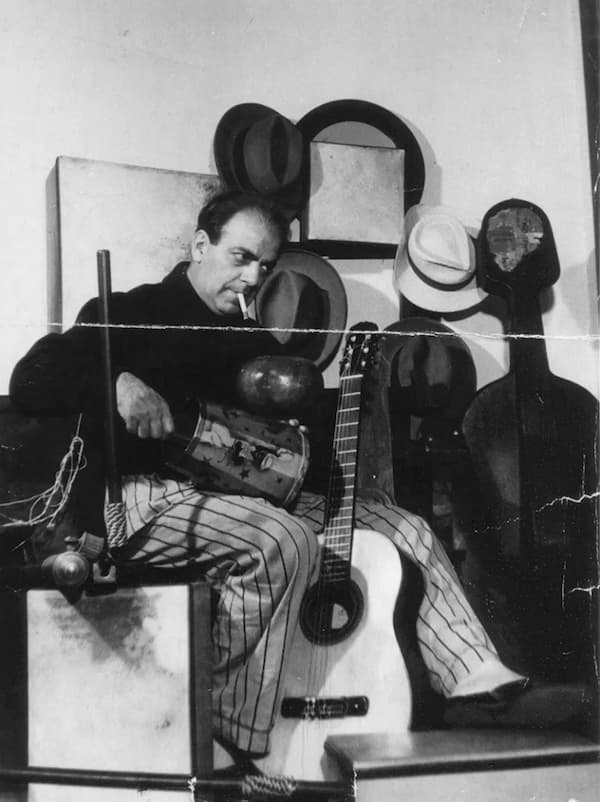
Heitor Villa-Lobos © classicalguitarmagazine.com
Brazilian music is both organic and complex, intuitive and highly praised for its novelty, particularly its usage of rhythms in a unique way. It is, however, less well-known when it comes to its classical music, despite the influence brought over by the Portuguese colonies. There is less of it, but what is there is truly fascinating.
Perhaps the most well-known Brazilian composer, and main focus of this article is Villa-Lobos. Not only is he famous for having composed music tinted with the colours of his native country, yet balancing some of the finest harmonic and melodic developments, but his works — mostly centred around the guitar, have allowed the instrument to develop in its repertoire and fame. Today, he is regarded as one of the most important guitarists in the history of classical music. Next to other well-known guitarists and composers, his music stands out.
Bachianas Brasileiras No. 5 • Villa-Lobos • Barbara Hannigan
Another important, and lesser-known, figure of Brazilian classical music is Guarnieri, who funny enough, had been given the name of Mozart by his parents, but did not feel comfortable with it and used Camargo as his first name. He, however, and surprisingly, composed in a neoclassical style, quite similar to the one of the late Mozart. If his music reflects the culture of Brazil to a lesser extent than the one of Villa-Lobos, he is however one of the main figures of the country’s classical musical world. And his music is something to be looked at too!
Camargo Guarnieri – Seresta for Piano and Orchestra (1965)
One last similar composer to highlight, and also little known outside of Brazil is Nobre, a contemporary composer whose music reflects the diversity of one of his masters; Ginastera, Messiaen, Copland and Dallapiccola. Once again, a surprise in influences and the resulting music is no less original.
Marlos Nobre: Poema III | Andres Sanchez, cello; Dina Vainshtein, piano
Of course, the music of Brazil has influenced many foreign composers and performers, and perhaps the most well-known — and obvious — example of it is the music of Milhaud and his Saudades do Brasil, a suite of twelve dances for piano, inspired by the native rhythms and each named after places in Rio de Janeiro.
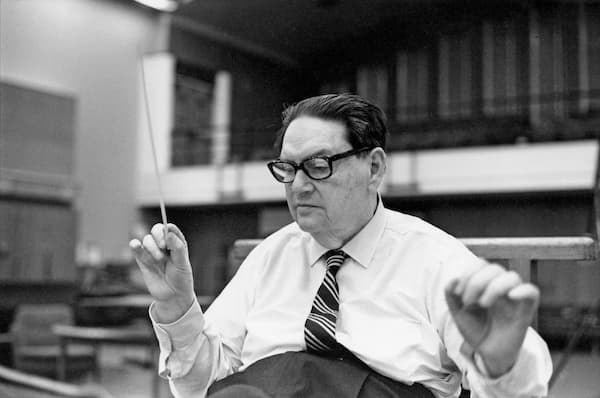
Darius Milhaud © media.newyorker.com
The native music of Brazil, and South America, is so rich that it is not surprising that foreign musical genres and styles, such as Western classical music, did not develop as much as they did in North America for instance. There is already much to look at within the uniqueness of the local music. In fact, one can look at the music of Portugal and Spain for the same matter, and observe how they have played a minor role in the development of classical music. Given they have been key players in the development of the country, it is no surprise that this is the current musical result. However, this has not prevented Brazil from producing and influencing the world with music rich in unique rhythms and harmonic choices, whether in its local standards or the ones of European composers.
For more of the best in classical music, sign up for our E-Newsletter

